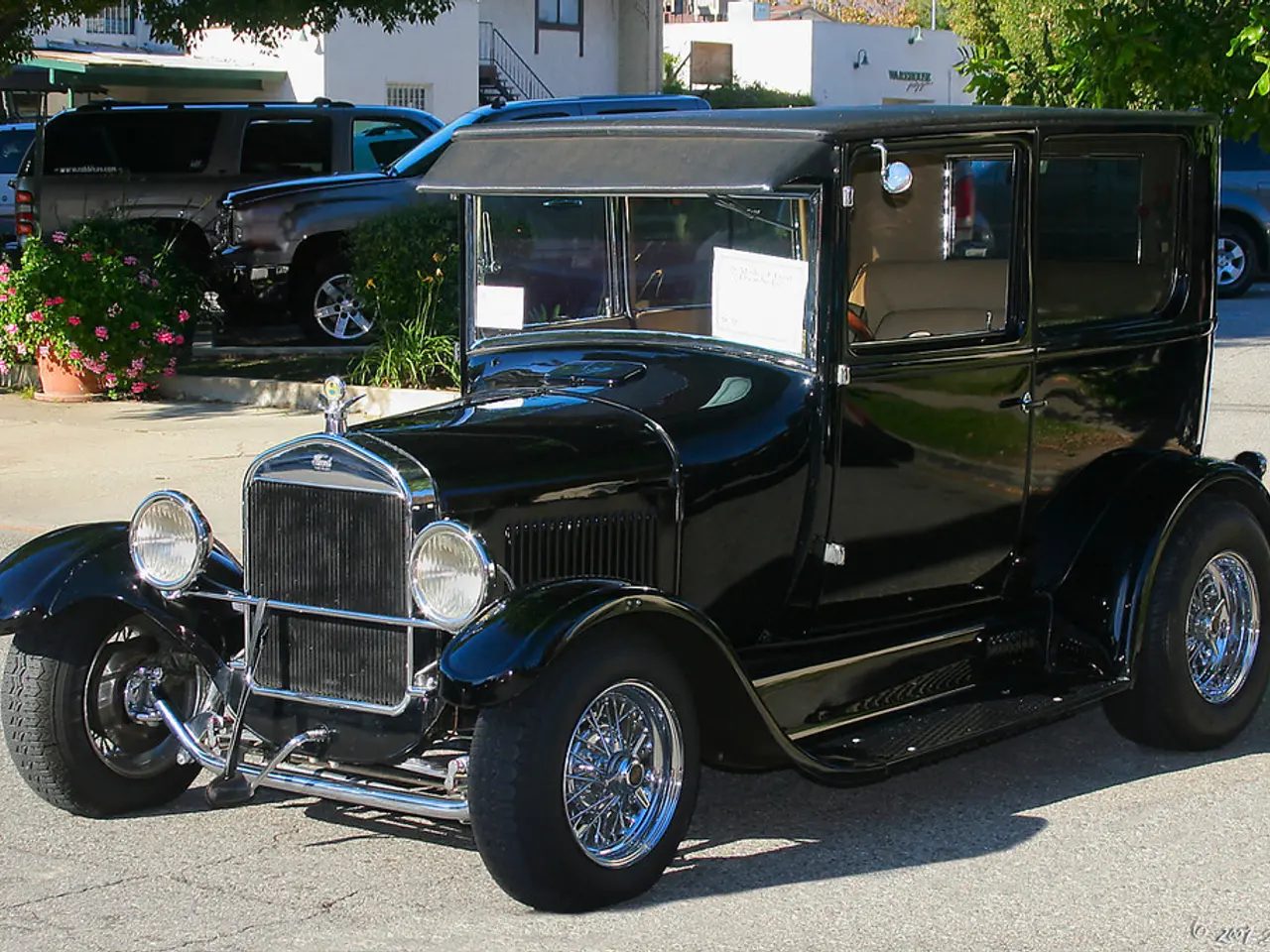Audi's design milestones commemorated in a special edition: iconic vehicles showcased as the brand triumphs over 60 years
Audi's Design Renaissance: A New Era of Modern Aesthetics and Electrification
Audi is embarking on a significant design evolution, aiming to rejuvenate its image and reassert its position as a leader in the luxury market. This bold evolution, often described as a "design renaissance," is marked by streamlined, modern aesthetics and technical innovation across its lineup.
The new 2025 Audi A5 is a testament to this shift. By merging the former A5 Sportback and A4 Sedan into a single, sleeker liftback model, Audi has created a vehicle that exudes modern minimalism and premium craftsmanship. The exterior features sculpted lines, while the interior boasts rectangular screens instead of the brand’s traditional circular design cues, signifying a departure from the past.
Historically, Audi’s design identity has been influenced by Bauhaus and interwar modernism, alongside a strong focus on aerodynamics and premium interiors. However, recent years saw some challenges with early electric (e-tron) models and brand messaging that dented its previous design momentum. The fresh design language and integrated digital interfaces in 2025 models signal Audi's intent to recapture and modernize its design leadership.
The emphasis on platform improvements, such as a new PPC architecture, also aligns with the needs of modern electric drivetrains and EV handling requirements. While specific details about upcoming EV models or strategies were not available, the move to simplify and consolidate model variants, alongside the introduction of advanced digital cockpits, is consistent with Audi’s broader push towards electrification and digital technology integration.
This design renaissance aims to reestablish Audi’s premium stature while supporting an evolving lineup that increasingly embraces electrification and digital innovation. The gathering of classic and contemporary Audis in Spain serves as a testament to Audi's decision to revisit its design history, as the event showcased a collection of well-maintained cars, including the Audi 80 Variant from 1968, the original Audi quattro (1981), the seminal series 1 Audi TT Coupe, RS 2 Avant from 1994, RS 4 Avant from 2001, two R8s, RS e-tron GT, and the new A6 Sportback e-tron (2025).
Among the standout cars was the Audi 100 Coupé, one of the writer's favorite car designs, and the TT model, which was influenced by the Bauhaus design philosophy, although the connection between the cars and the school was somewhat exaggerated. The event also featured the e-tron GT, a performance flagship of Audi’s EV range, sharing a platform with the Porsche Taycan, and the RS e-tron GT, a muscular electric driving experience with a fine mix of ergonomics, practicality, and pace.
As Audi continues to navigate this design renaissance, it's clear that the brand is committed to maintaining its reputation for performance, design, and innovation, while also embracing the challenges and opportunities presented by the shift towards electrification.
- To further reinforce Audi's commitment to innovation, particularly in the realm of electrification and digital technology, the brand is exploring collaborations within the transportation and technology industries, seeking to leverage advancements in battery technology and smart vehicle integration.
- As part of its financial strategy, Audi is planning to invest heavily in research and development, aiming to position itself as a leader in the automotive sector's transition towards a more sustainable future, where electric vehicles and cutting-edge technology will play a crucial role.




